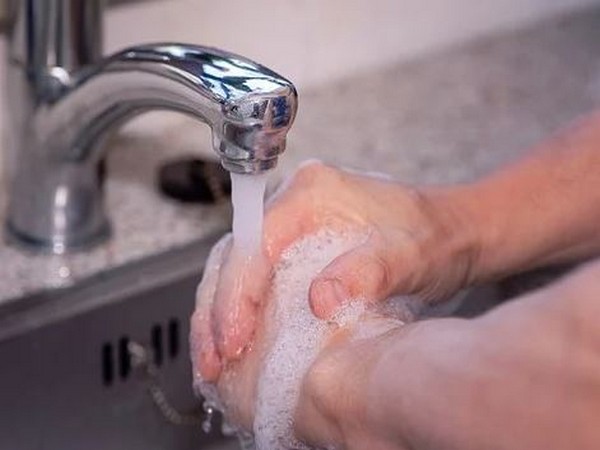
Geneva [Switzerland], May 7 (ANI): The dermatological impact of COVID-19 is a burning topic at EADV’s 2021 Spring Symposium. New research presented today highlights the effect that stringent hand hygiene during the pandemic has had on hand skin health.
Researchers at Father Muller Medical College, India, analysed transepidermal water loss (TEWL – an essential parameter for measuring skin barrier function) from 582 people (291 healthcare professionals (HCPs) and 291 healthy individuals from the general population).
Results indicated that hand dermatitis was now present among 92.6% of HCPs and 68.7% of the general population, despite only ~3% of HCPs and 2.4% of the general public in the study had reported a prior history of hand dermatitis (obtained through medical history and self-reported history). Higher mean TEWL (dryer skin) was also noted in females (65.4 g/m2h) and intensive care professionals (58.2 g/m2h), which was associated with a high frequency of handwashing and use of alcohol-based hand rubs.
Both the HCPs and participants from the general public in this study stated that skin irritation and dryness was the main barrier to the consistent practice of hand hygiene (as reported by 72.1% of HCPs, and 50.8% of healthy volunteers).
Dr Monisha Madhumita, Father Muller Medical College, India explains: “This research truly demonstrates the impact of increased handwashing and uptake of alcohol-based rubs on the hand skin health of HCPs and the general public. Moreover, we now know that using TEWL to measure skin barrier function can help us compare the efficacy of various barrier protective measures, and discover suitable modifications of hand hygiene practices and products to help prevent hand eczema. Finding suitable modifications to practices and products that may increase the accessibility of proper hand hygiene is something of vital importance to many in our community.”
Marie-Aleth Richard, EADV Board Member and Professor at the University Hospital of La Timone, Marseille, adds: “This research shows there is now a skin-disease epidemic within the COVID-19 pandemic. It is promising to see this problem is recognised, and I am excited to see how the dermatology community goes about finding potential solutions to this issue.” (ANI)
















